Initiator and conference director Jennifer Gayler, herself a garden designer by trade, cited a lecture as the spark that set the ball rolling: "A few years ago I went to a Society of Garden Designers event which focussed on What are gardens for?. After a talk by Dan Pearson that was all about beautiful perennials, fluffy grasses etc., Wendy Tidman stood up and asked the audience a number of questions: Did we know that a recent survey of British 7 - 11 year olds found being outside was the children's least favourite activity? Did we know that 5% of all British five year-olds were already obese? Did we know... and on she went. By the end of her talk pretty much everyone in the audience was left shocked and stunned."
Jennifer cited UN data whereby more than half the world's population already lives in an urban environment, this proportion being much higher in many developed countries. In the UK, for instance, the proportion of urbanites is 80% and the UN predicts in 2050 it will be 80% of all mankind globally. Rather than lament the fact, we should look into what can be done to include nature in the urban environment: the bits between buildings are key here. This is where landscape architects and garden designers come in. But it should not be just them: for it to really work and make a noticeable change for the better, there needs to be a broad alliance with policy makers, local authorities, developers, health care professionals, ... as well as the respective communities. "All stakeholders", then, in business-speak.
At this first ELC, there were mainly landscape architects and garden designers as well as some representatives from the horticultural nursery trade. But the topics of the talks were broad and varied. Because, of course, urban nature comes in many guises: from the obvious nature reserves and wetlands, to urban forests, parks, allotments, private gardens, ponds, roof and vertical greenery to street trees and unused open spaces, such as road verges or brown field sites colonised by "weeds".
In a very passionate talk landscape architect Brita von Schoenaich, for instance, told how her main aim these days is to ensure there are trees - and if at all possible trees that will have the chance to grow big and mature - in any given design or development she is involved with. And how difficult (and often downright impossible) this usually proves to be: due to building regulations, lack of root room for the trees (which tend to be holed up like battery hens), etc. Worried about the future of trees in the city, a future of cities without big street trees, she lobbies with the Tree Design Action Group and went as far as calling for "civil disobedience" amongst her profession in order to sneak in as many trees as possible and make sure they stood a chance of surviving.
And here is an example of just what mutual inspiration and unconventional thinking can do: Brita had mentioned she feared for the quite mature but relatively newly planted trees in London's Kings Cross Square: those responsible did not seem to have arranged any watering of their "green furniture" - which is, of course, vital for any plant until they are established. One of the delegates, Yasmeen, later suggested setting up a social media campaign encouraging all the commuters who pass by daily to empty their half-drunk water bottles on those tree pits. Of very little benefit individually, perhaps, but it could make a real difference when taken up en-masse. This, again, was a recurring theme: We need to communicate and work together and we need to do and start things ourselves rather than wait for authorities or legislators to take the first step.
Particularly encouraging in these times of cash-strapped local council coffers is the fact that the charity relies mainly on income from charging for the services they provide like any other landscaping business and receives very little public money, the remainder coming mainly from businesses. In reply to questions about whether it shouldn't be rolled out on a bigger scale, he said such venture needed to be done locally rather than nationally and should be fronted by people these young men and women could relate to, rather some remote celebrity. "Our best ambassadors are our own apprentices: get them to tell and talk about the scheme - that works incredibly well."
Another speaker I found particularly inspirational was Greek landscape architect Thomas Doxiadis. He surprised probably not just me with the theory of a North - South divide within Europe and the wider Mediterranean. The North, he said, regarded nature as something of a "Big Mother" and awarded it a quasi-religious status. The South, by contrast, where for centuries many major religions had co-existed, clearly viewed nature below the divine and from a far more utilitarian perspective. And whilst Northerners swooned and harped on about the romantic ideal of nature, for Southerners the ideal space was the civic square, or piazza, where people would meet and socialize. Tree Lovers versus City Dwellers, Eco-rich versus Urbanistas, as he termed it. He might be on to something: myself, I'm most certainly the former...
He went on to show several projects he and his practice doxiadis+ had been involved with. Many were concerned with preserving the local landscape or re-introducing nature where it had been lost. Motivated by a deep love for the wild Greek landscape he grew up in, he tries to convince clients to work with rather than against it. Working with and incorporating what's there, rather than imposing some notion of "the Mediterranean". The one example in his talk that stood out for me was what he called Landscapes of Cohabitation. Approached by a developer who wanted to build several villas on a so-far comparatively sparse but native species-rich island site, he managed to persuade his client that the unique selling point would (or should) be precisely this unspoiled local nature rather than the 'swimming-pool plus lawn and bougainvillea-clad pergola' stereotype of a Mediterranean property. The knock-out argument, Doxiadis said, is that this approach is also much cheaper than the conventional alternative.
Starting from there, he worked with the natural territory. Roads, for instance, would follow or run in parallel with contours or existing structures of the land, such as dry-stone walling of ancient terraces. His plans even included a mock-up of construction areas because, he said, most damage to nature is not done by the buildings finally there but by access roads, dumping sites etc. needed during construction. As for the villa "gardens": only very close to the houses would there be irrigation, a compromise reached with the developer who feared otherwise being unable to "sell" them. But even the plants close to the houses would be from dry, sunny climes thus blending in with the surroundings. They also added native Greek plants, grown on contract, to the landscape. The principle here being that these additions would be sparser and sparser the further from the house, leaving room for local species to come in and mingle, the better to blend with the wild landscape beyond.
An advocate of just such a blending of the natural with the cultural is James Hitchmough, Head of the Landscape Department at Sheffield University. Reminding us that "Nature" is a strongly constructed and contested idea, he suggested that the question always was and is: Who's nature? He argued there were three basic approaches to planting design: the traditional-conventional; the laissez-fair (best represented perhaps in habitat restoration where nature is left "to take its course") and, he said, his own work where he developed the territory between these two polar opposites.
Arguably his best-known work is that on the Queen Elizabeth Olympic Park in London where he and his colleague Nigel Dunnett put their ideas and research into practice. (The Olympic Park, a showpiece, inspiration and role model for modern urban landscaping, was the subject of another talk, by Dr Philip Askew of the London Legacy Development Corporation.) At the conference, however, Hitchmough more than anything made an impassioned plea to "get off this Native vs. Alien thing!" because any notion of what counts as a native and what counts as an alien species is no more than a snapshot in time. In geological terms, everything is in constant flux. The aliens of yesteryear are considered natives today, so will be the aliens of today in the future.
Referring to statistics that show government funding of Public Health services and Children's Social Care has steadily increased over the past 50 years whilst funding for Parks and Recreation has decreased, he pointed out that there was a convincing argument to reverse this trend. More emphasis should be placed on preventing people to need these health and social care services in the first place. And a huge body of research shows that green spaces and nature can do just that! Yet far too often still is greenspace viewed as irrelevant or of indeterminable benefit to a community and thus as a luxury - rather than a necessity. But, Westley said, it is far more effective to spend £1 on improving or the upkeep of neighbourhood environments than on another strip of prescribed pills!
Or how about starting an even broader debate? For instance: How about changing the national curriculum for primary school children so that they will go out on "field trips" with a science teacher and learn to identify (or at least name) local trees and native wildflowers as was so common about 100 - 150 years ago? A debate about whether terms like acorn, cornflower or jay should be included in a junior dictionary. Linking up with as many interested parties as possible certainly seems advantageous - from horticultural therapy charity Thrive to forest schools.
Getting together all the voices concerned with the subject can only strengthen the cause
And there certainly are hands-on initiatives about. I learned about one particularly interesting and encouraging example when I met Liz Ware, a fellow "audience member". Unlike me, however, she's far more involved in the subject matter already. One of her recent projects was to convince gardens open to the public to set aside part of their greenspace as "silent space" where the public is asked to switch off mobile phones etc. and just focus on the natural environment and its sounds. Because, she said, increasingly not even our greenspaces are places for quiet reflection. "Silent space" is trying to address and reverse this trend.
Liz's project is part of the Landscape Gardens and Health Network, an online resource for anyone interested in the role of gardens and designed space for health. According to Liz who helped set it up, they want to compile and provide evidence beyond the purely statistical and include the often over-looked anecdotal as well - not least to bolster the argument for those trying to push for better funding, for new projects, for permission to start a community garden etc.. I've signed up to their free network before I even started working on this post :-)!
But to return to the European Landscape Conference: This time around, sadly there weren't nearly as many delegates as one would have wished to see. The organizers repeatedly stressed that this not-for-profit event had met with an enthusiastic response by almost all whom they'd approached to speak. And most attendees - like myself - will have felt it well worth their time (and money). But in the end the organizers will have to break even and I'm not sure the high-profile backing from the Society of Garden Designers and the British Association of Landscape Industries (BALI) as well as several more sponsors and supporters from the green industry will be enough in the long-run. Nonetheless: if not in conference form, then perhaps as an organized network - I sincerely hope now that the seed has been planted, the ELC will grow into something big. It certainly is an important and timely topic. And if you feel so too, or know someone who might be interested in taking part, perhaps you could contact them so they know there is more than a theoretical demand out there.
You might also be interested in the following posts:
Urban wilderness - urban oasis: Phytology in Bethnal Green
City nomads against the gloom: Building a community
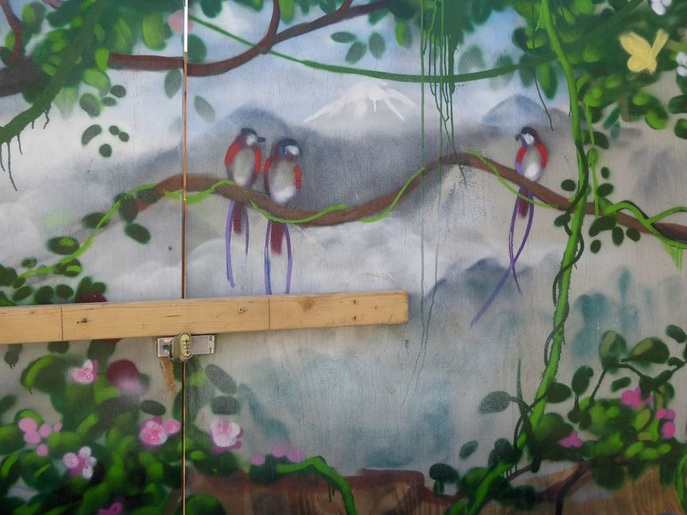
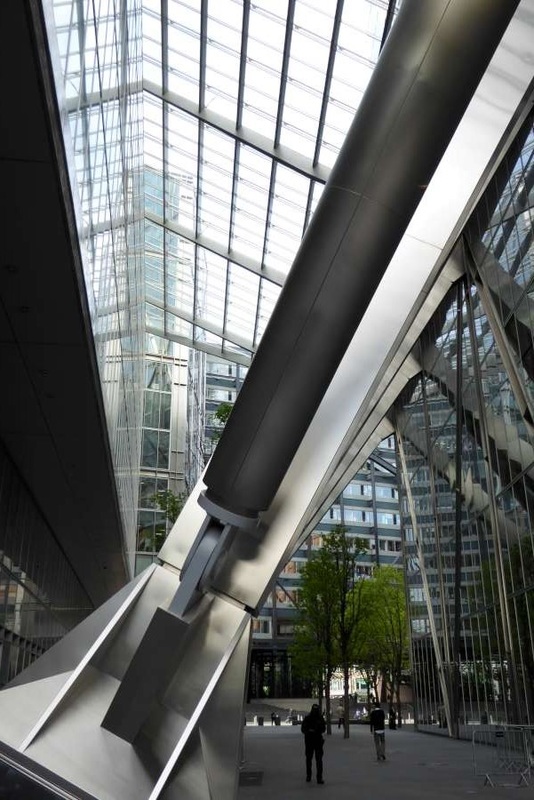
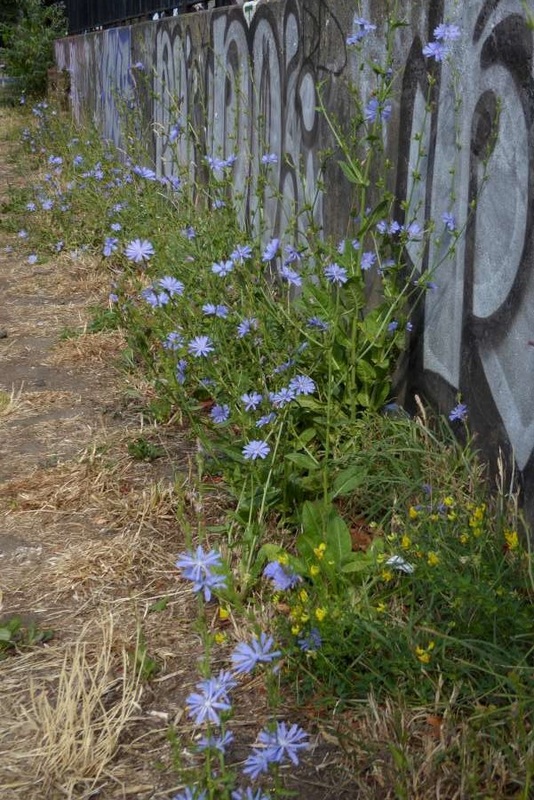
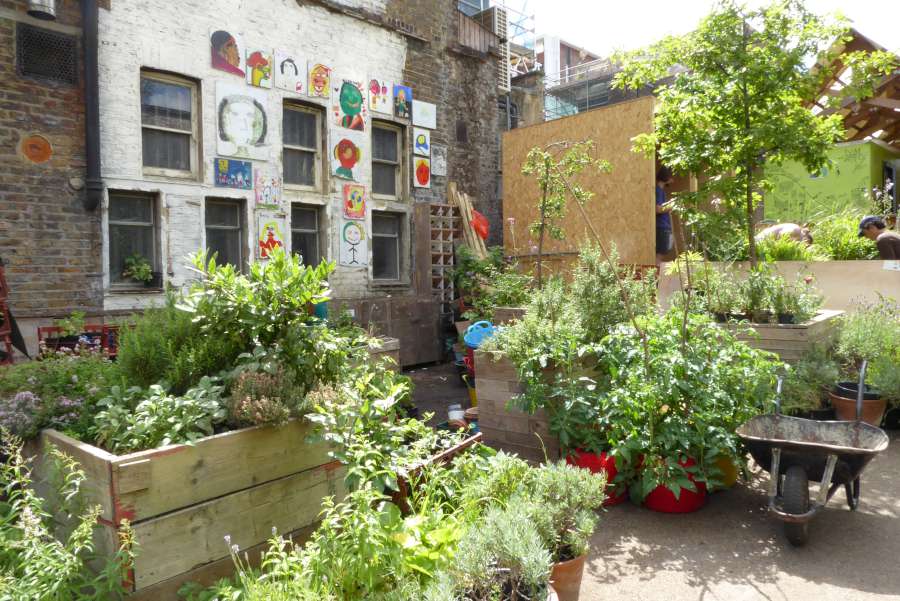

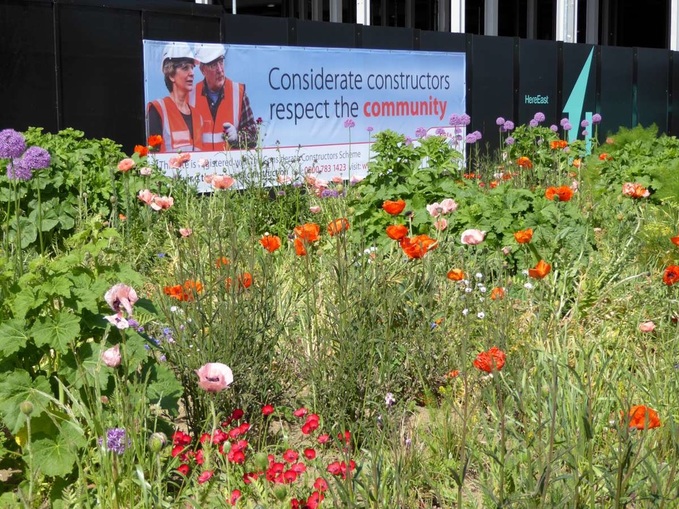
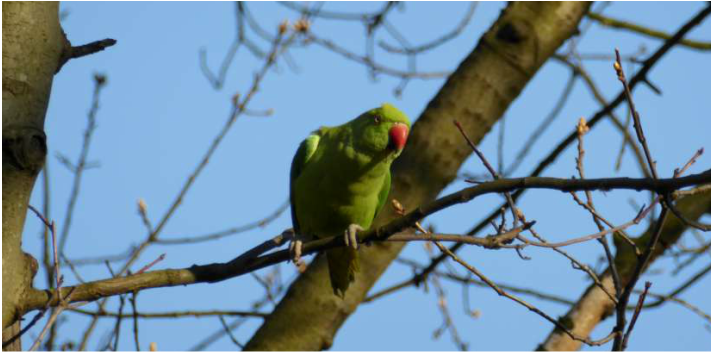
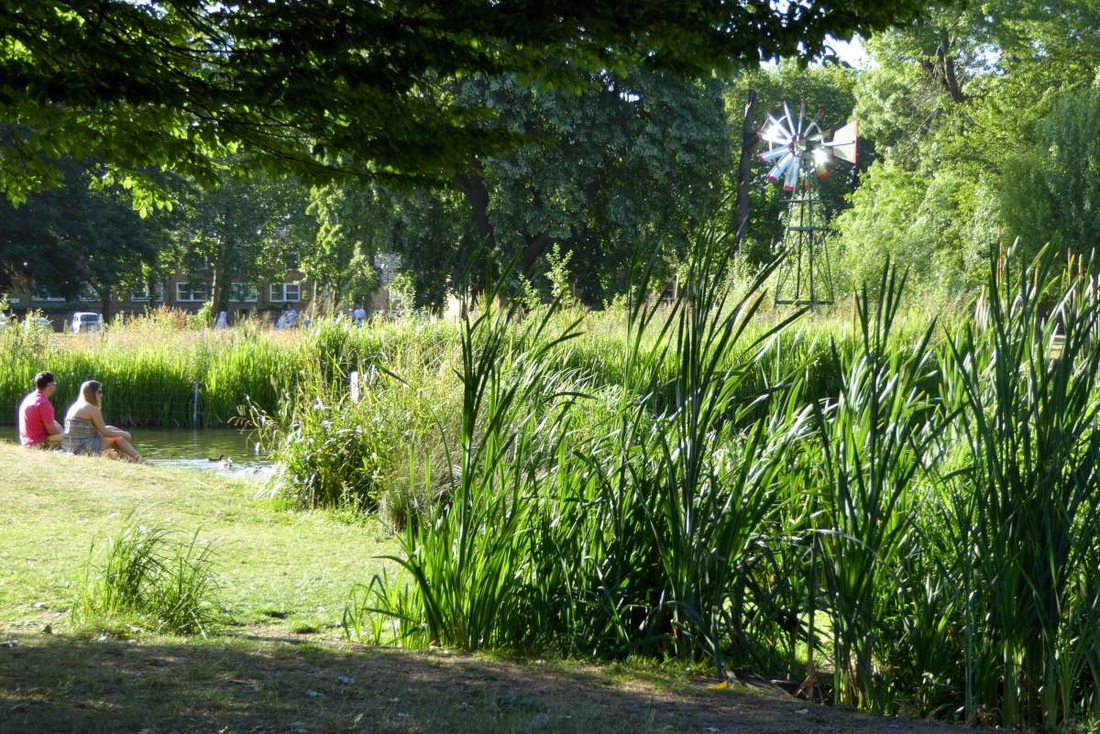
 RSS Feed
RSS Feed